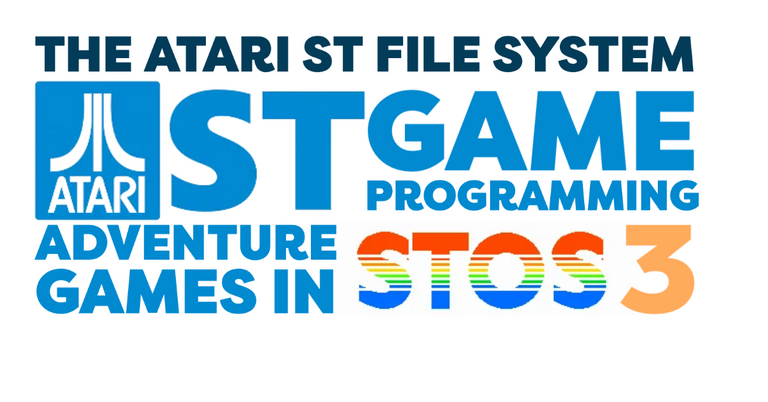Atari ST STOS Programming: Exploring the ST Filesystem
(Edited)

So far in our Atari ST text adventure using STOS, we have been loading test data via inline data statements. There are some advantages to that, which we can discuss, but also some frustrations so let's take a look at moving our data outside of the code so we can work on data and the game itself separately.
0
0
0.000
0 comments